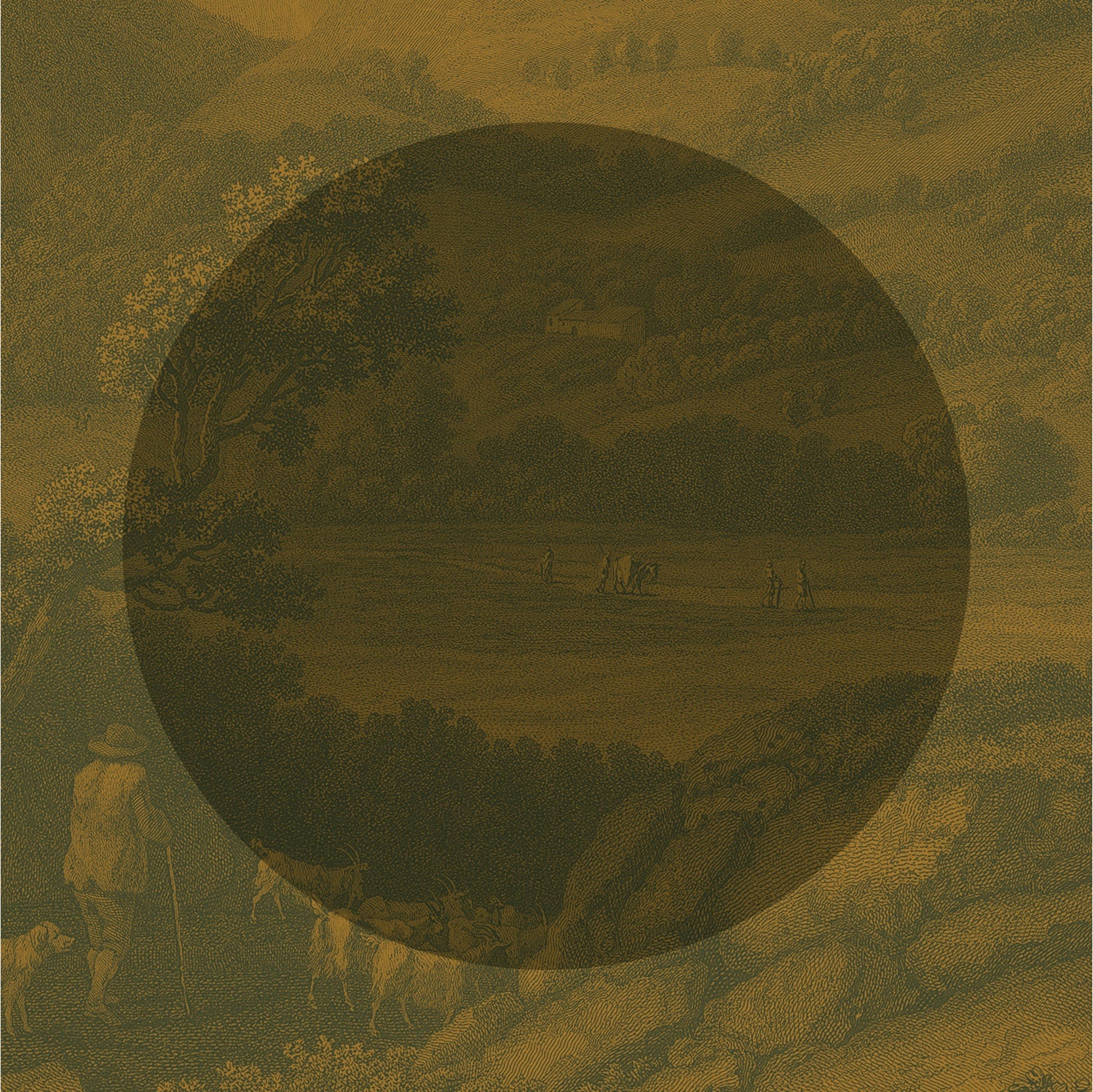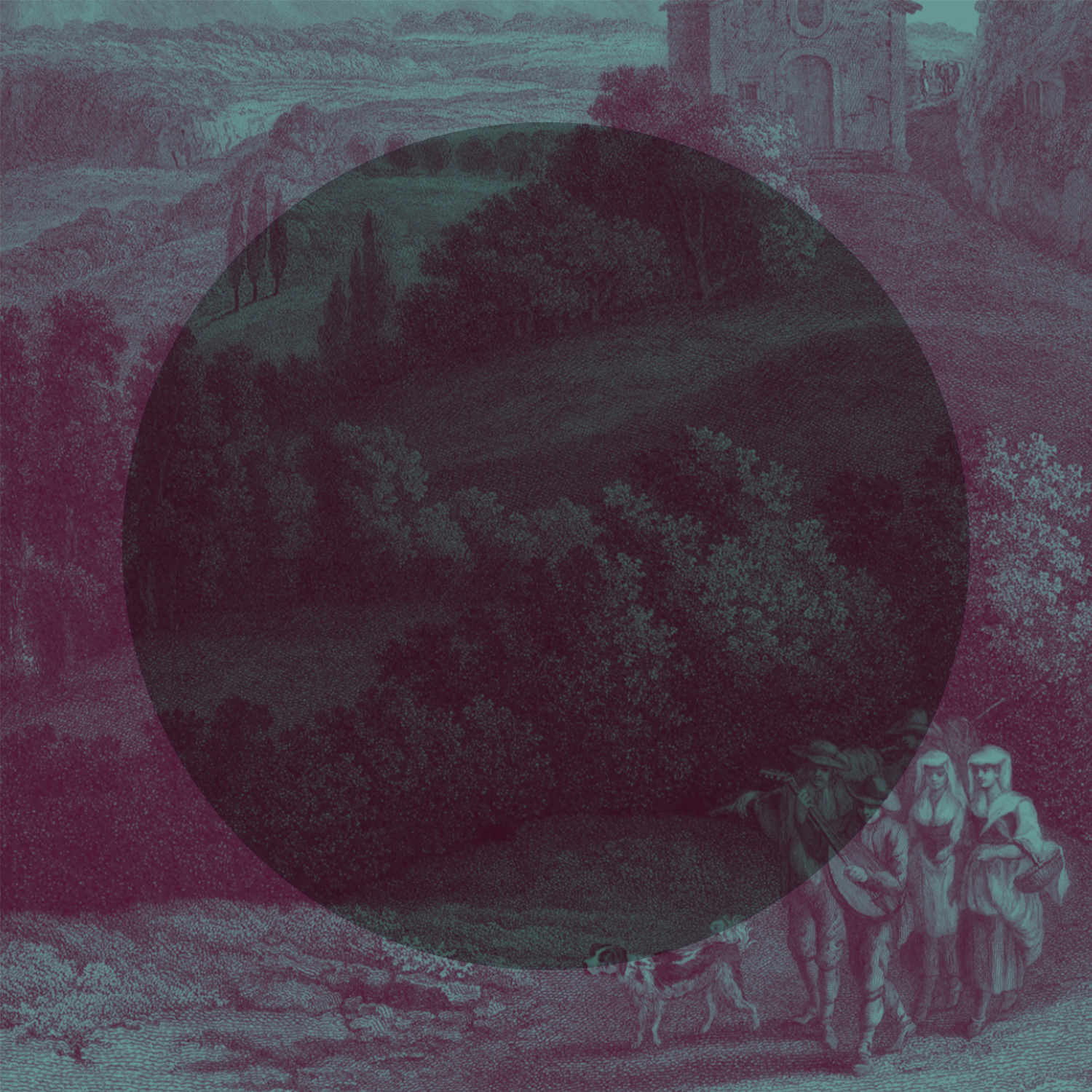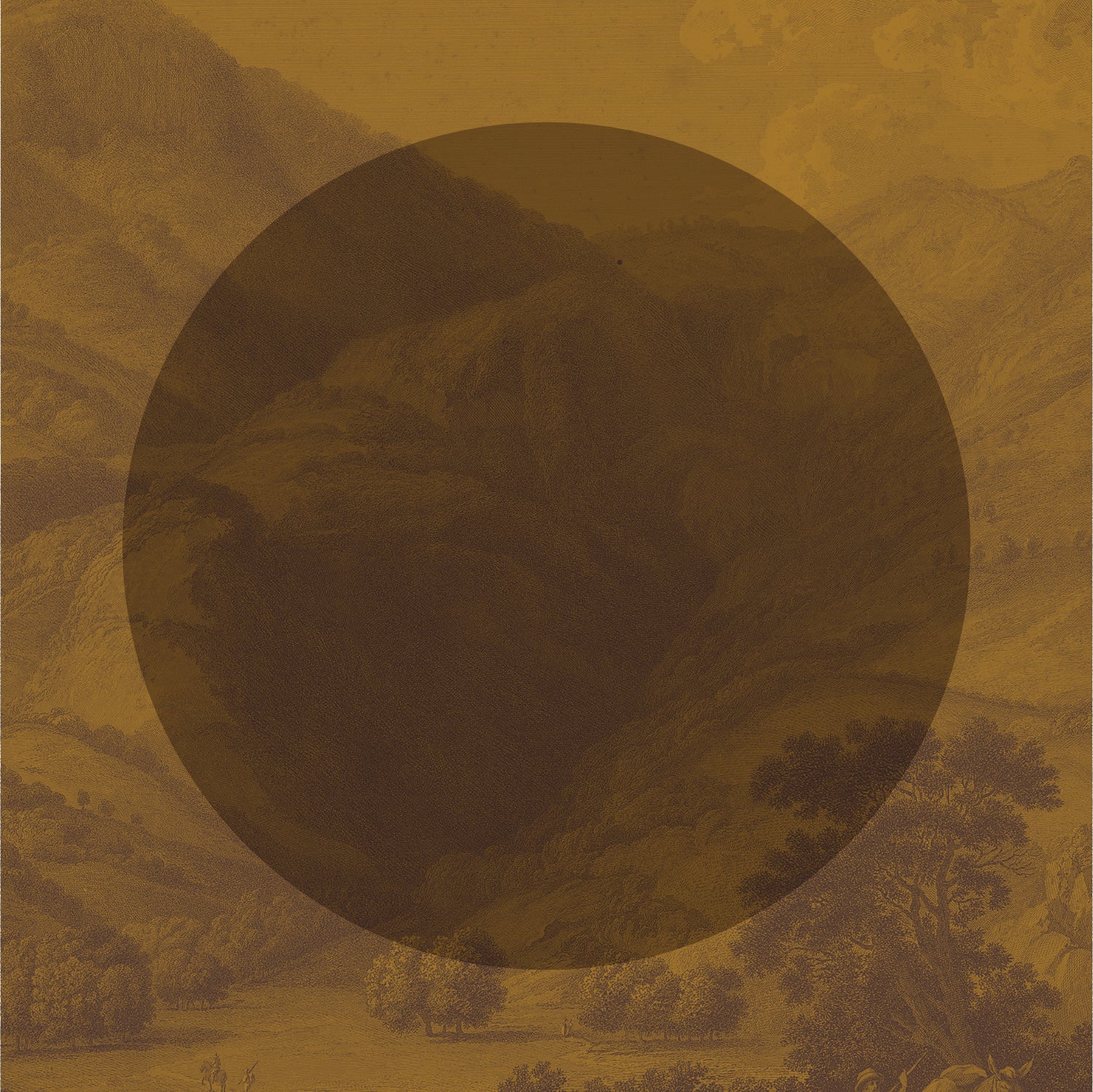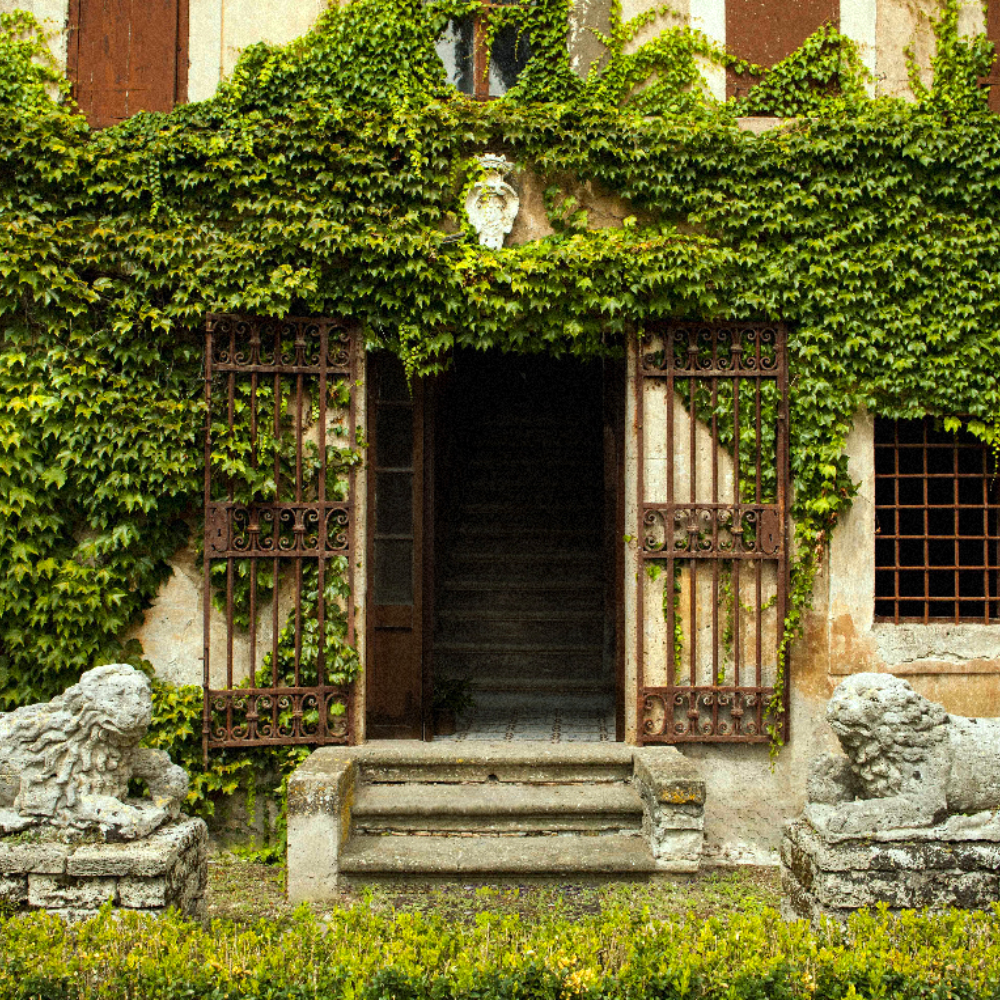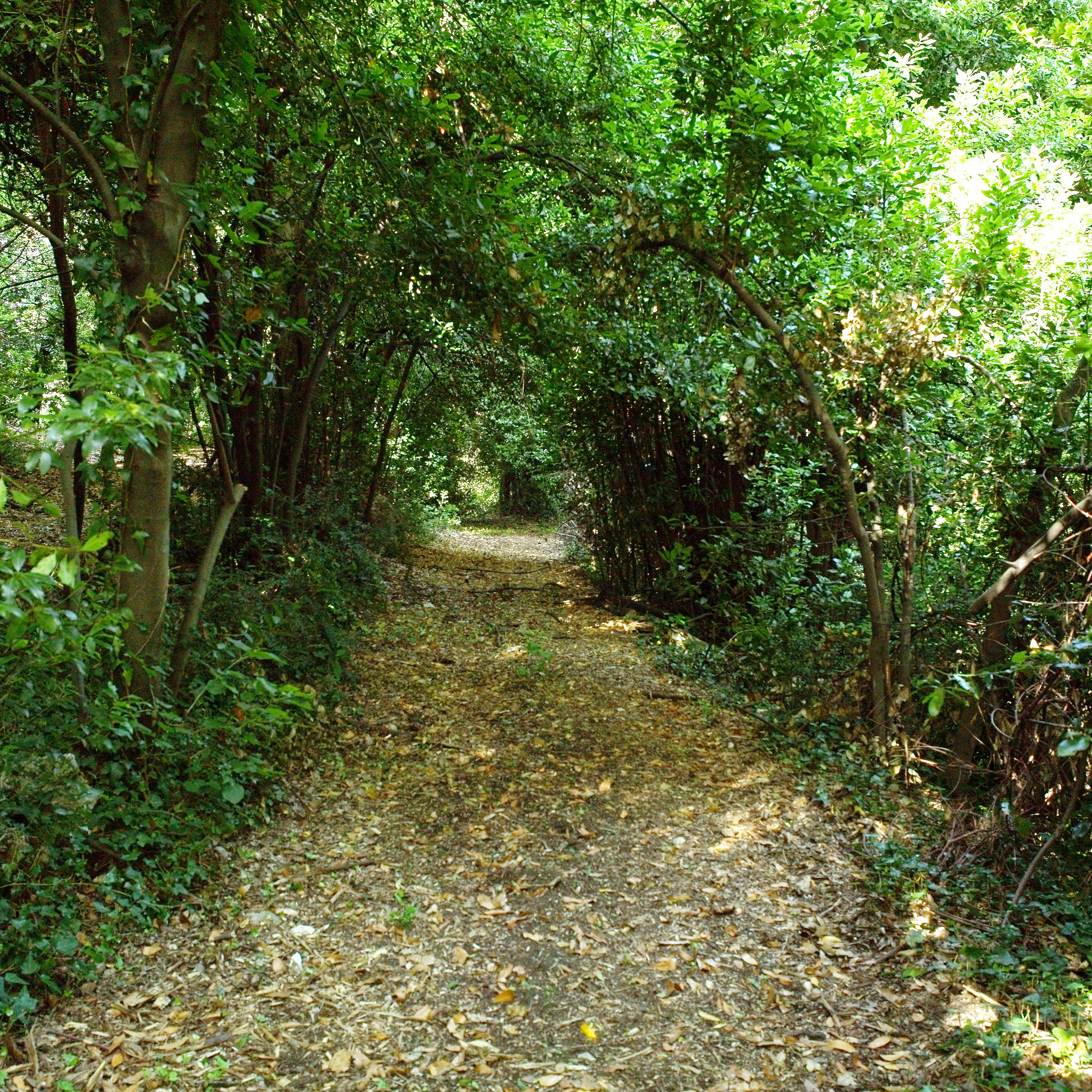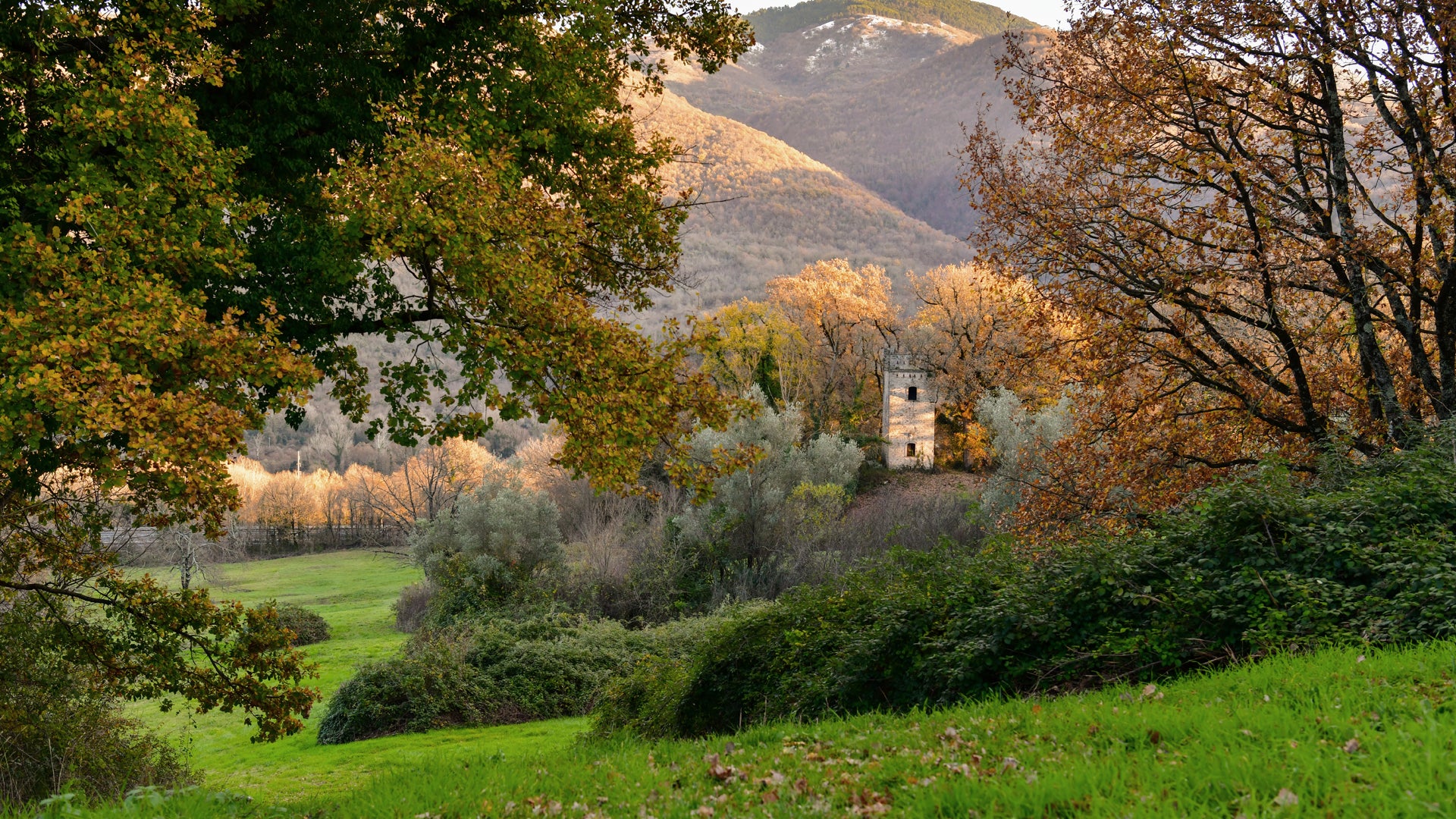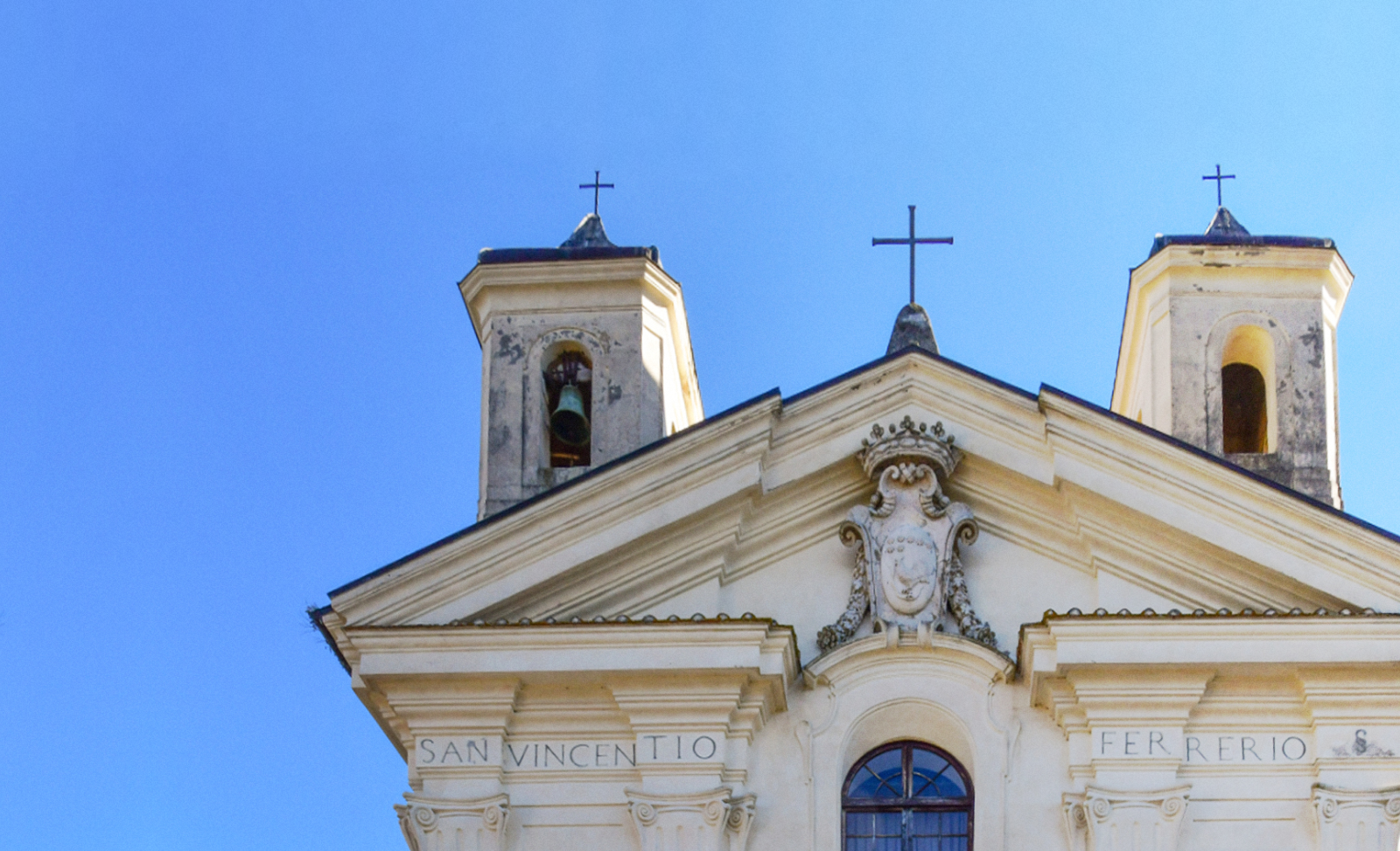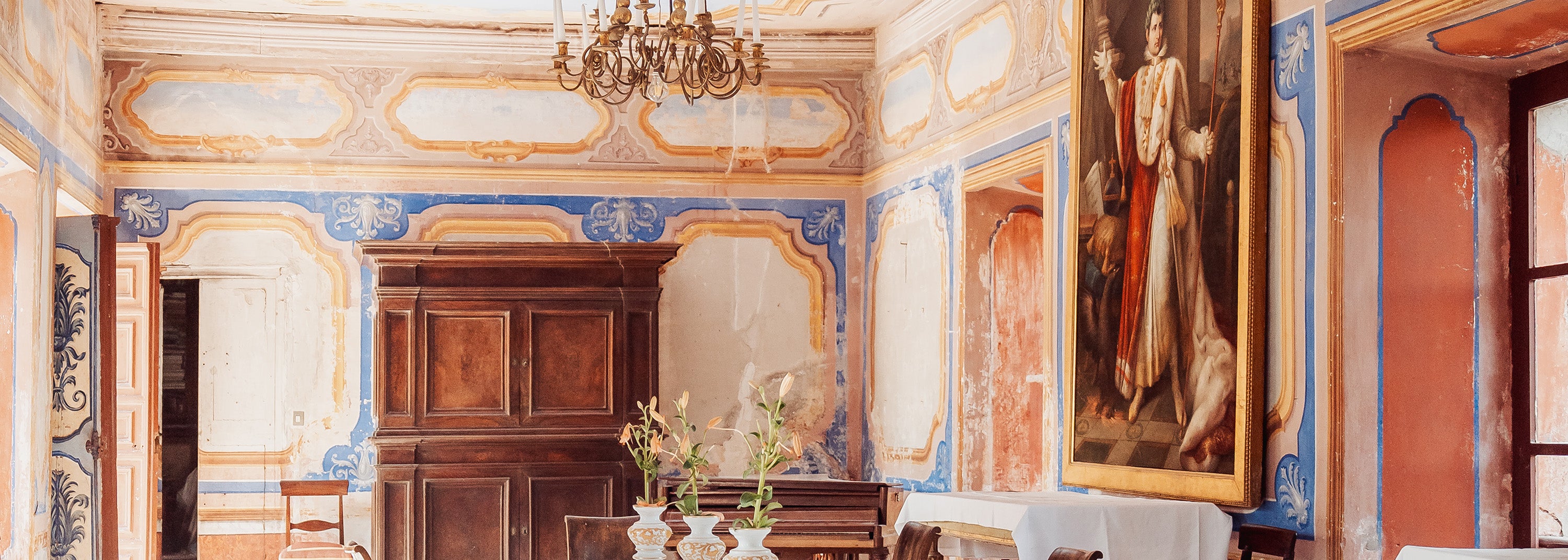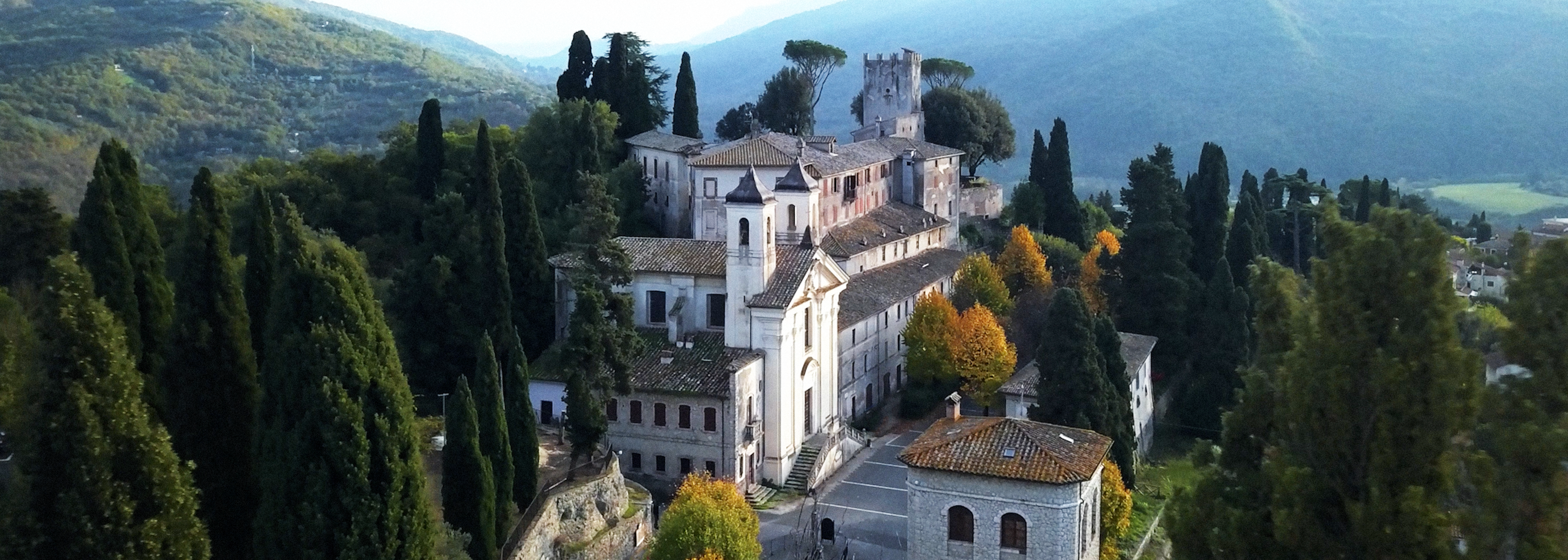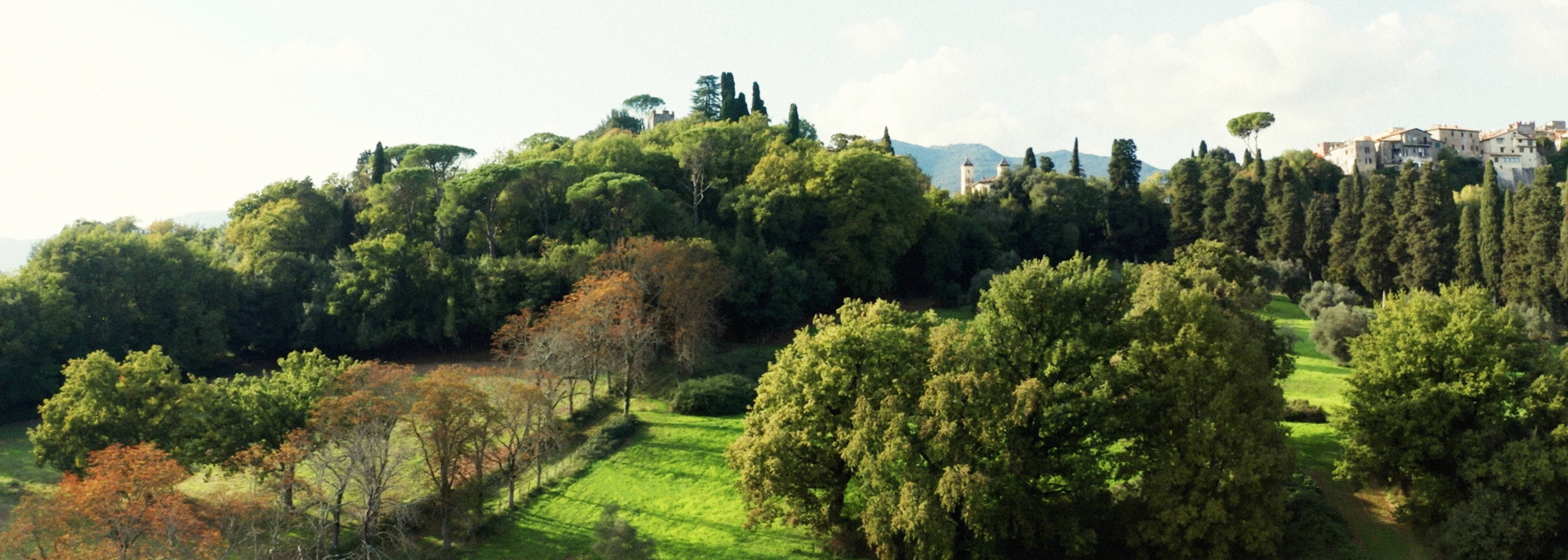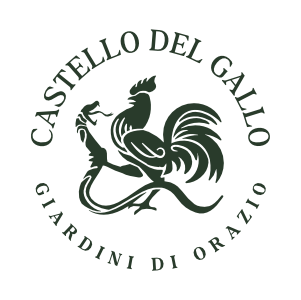Three paths, one invitation: step in, explore, listen.
Whether it's a journey through history and nature, a tale told at sunset, or a special moment shared with those who call the Castle and Gardens home, each experience is crafted to offer you something authentic, personal, and truly unique. Choose the visit that suits you best and get ready to see our world with fresh eyes.
Discover the Castello del Gallo and the Gardens of Horace
A place where history and art meet a one-of-a-kind landscape, a timeless source of inspiration for artists and poets.
Nestled in the heart of Mandela, the Gardens of Horace are a place where nature, history, and art blend in perfect harmony. This enchanting corner of Italy — once a source of inspiration for the poet Horace and a favourite stop for Grand Tour travellers — offers sweeping views that speak of centuries of beauty and culture. Today, the castle and gardens provide an ideal retreat for those seeking an authentic experience amidst scenic vistas, winding paths, and an atmosphere that invites quiet contemplation.
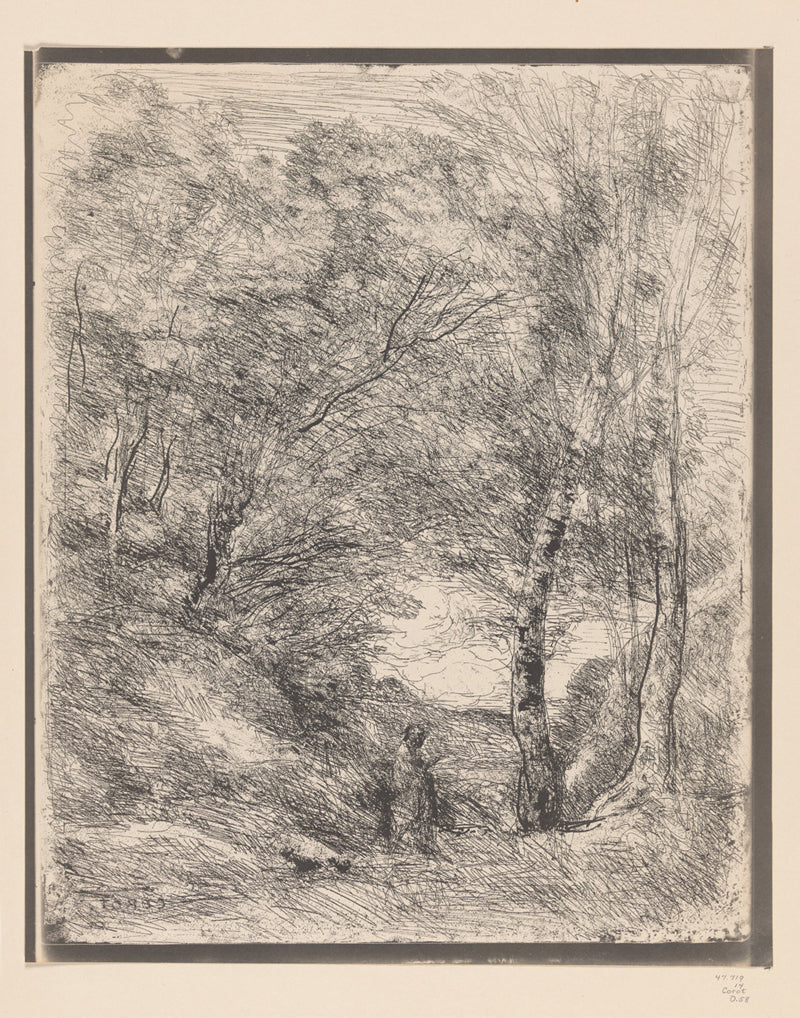
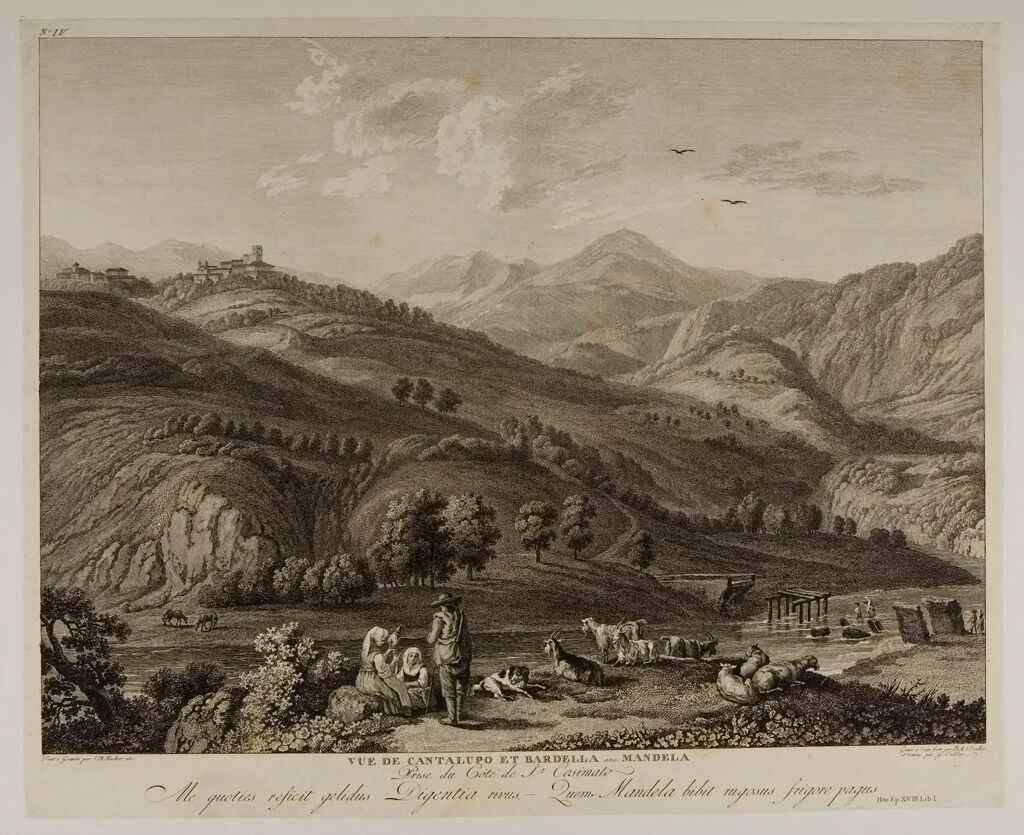
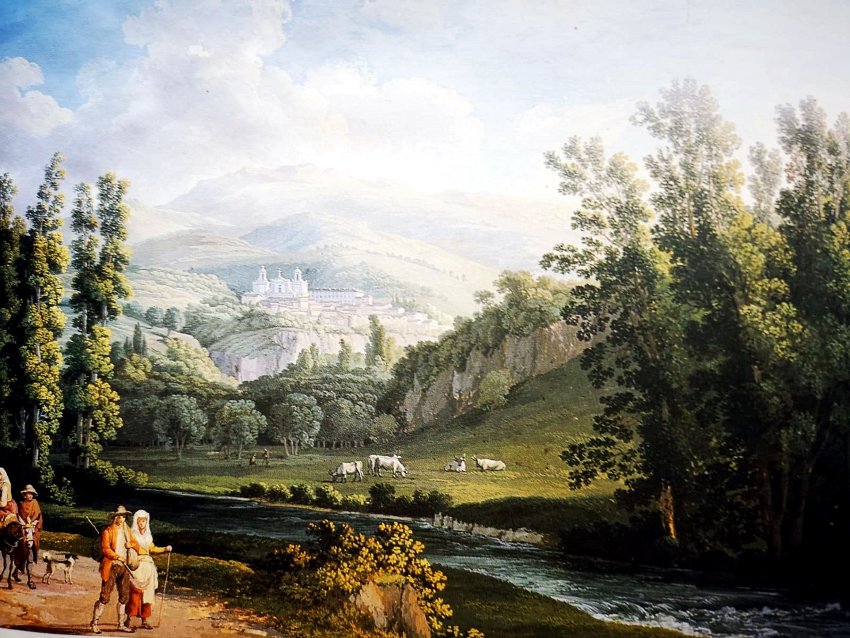
The landscapes surrounding Mandela, celebrated by the poet Horace and immortalised by the German painter Jakob Philipp Hackert, embody the eighteenth-century aesthetic ideal. Gentle slopes, Roman ruins, and paths along the Licenza River form a perfect blend of nature and art, where history and beauty meet. Even today, these places tell a bucolic and artistic past, with unspoilt views that inspire timeless walks and explorations.
Find out moreThe views around Mandela, celebrated by the poet Horace and immortalized by the German painter Jakob Philipp Hackert , embody the aesthetic ideal of the 18th century. The gentle slopes, Roman ruins and paths along the Licenza River become a perfect combination of nature and art, where history and beauty meet. Even today, these places tell of a bucolic and artistic past, with intact views that inspire timeless walks and explorations.
Find out moreJean-Baptiste-Camille Corot , master of the poetic landscape, found in the Gardens of Horace a perfect setting for his art. With their bucolic atmosphere and the light that dances ceaselessly, Corot like Horace transformed these panoramas into immortal verses. Thus Corot captured in his paintings the soul of these gardens, intertwining reality and poetry in a timeless celebration of natural beauty.
Find out more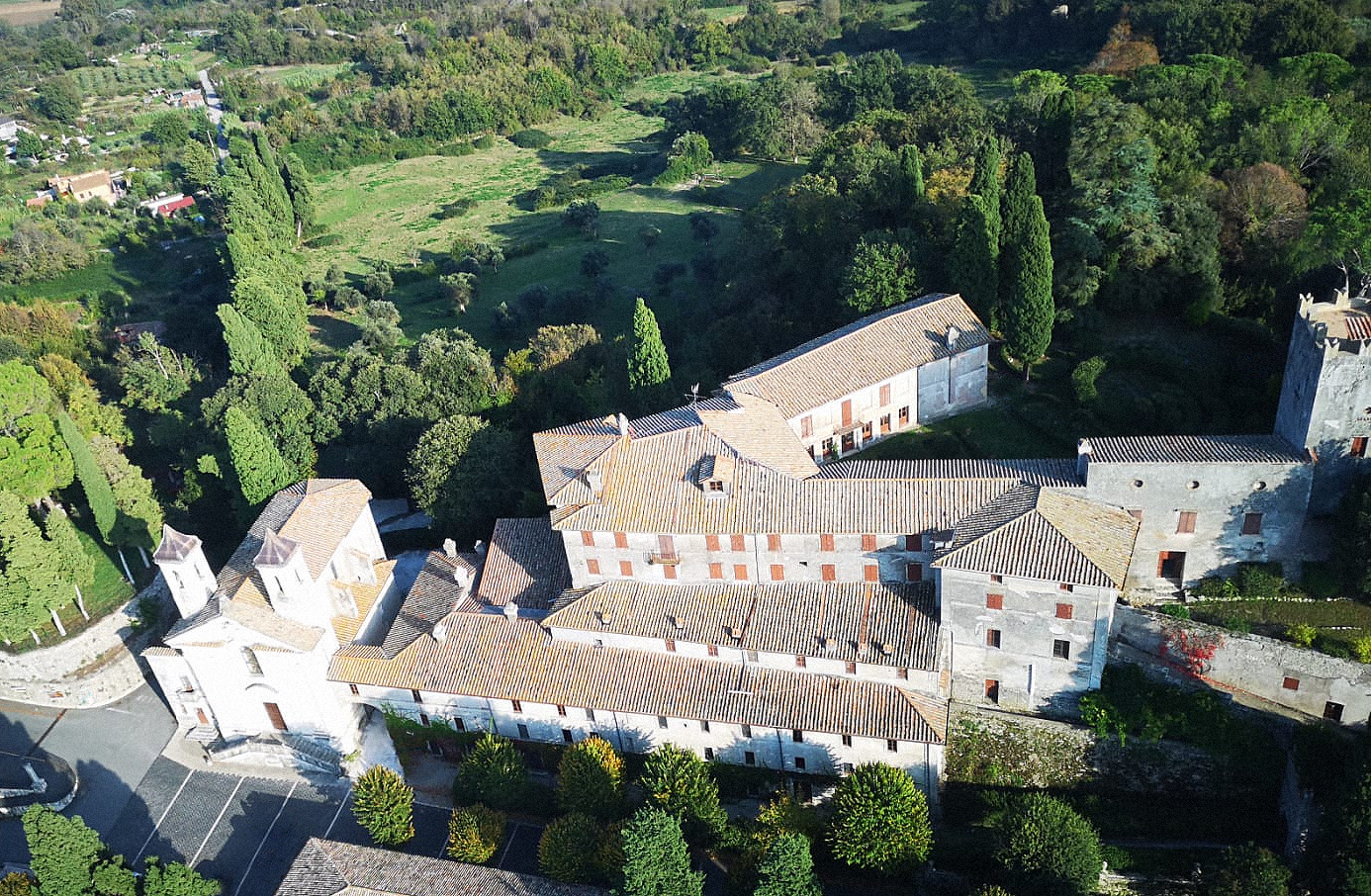
Formal Garden
Hidden in the fortress, the Formal Garden, created in the 17th century by the Nuñez Sanchez, preserves the elegance of the Hispanic paradise gardens, inspired by Persian and Islamic traditions. With crossed axes oriented to the cardinal points, manicured hedges and medieval cisterns integrated into the irrigation system, this space evoked an oasis of peace and beauty, adorned with roses and pomegranates.
In the 19th century, Alessandro del Gallo and Julie Bonaparte enriched the castle with French-style winter gardens, partially modifying the original design, but leaving the charm of the place intact.
Today, the garden is home to ancient 19th-century rose hybrids and continues to enchant, as it once did with artists such as Ernest Hébert, who painted here en plein air, immersed in a timeless atmosphere.
del Gallo Castle
An important stop on the Grand Tour, the del Gallo Castle of Roccagiovine has its roots between the Roman era and the Middle Ages. It stands on an area initially inhabited by the Aequi (5th century BC) and made famous by Horace, who in his writings described the "Pagus Mandela" during walks along the Licenza river.
Thanks to its strategic position, the castle became a crucial garrison for the control of trade between Rome and Subiaco, where Nero's villas and Benedictine abbeys stood. In the Middle Ages it was fortified by the Orsini, while in the 17th century the Nuñez Sanchez transformed it into a noble residence.
The Castle was then further adapted into an imposing romantic residence by a niece of Napoleon Bonaparte (and cousin of Napoleon III), Julie Bonaparte, wife of Alessandro del Gallo di Roccagiovine, Marquis of Mandela; with them the complex characteristically became a place of intellectual freedom and the arts, having hosted an international literary salon.
The castle and its landscapes were immortalised by the landscape painters Hackert and Corot, who celebrated the natural and romantic beauty of a place that intertwines history, poetry and artistic inspiration.
English Landscape Garden
The views that inspired Horace and Hackert tell a timeless aesthetic and embody the ideal of the 18th century, where nature and art coexist. Hackert, master of the ideal view, recognized here perfect settings for his works, celebrating the authentic beauty of these places.
Even today, the paths and streets lead the visitor on a poetic and artistic journey, embellished by the Torre Giulia, a reminder of the refined literary culture of the time.
Church of Saint Vincent Ferrer
The church of Saint Vincent Ferrer (1350-1419) is dedicated to the preacher of the Dominican Order, born in Valencia and to whom more than 80 miracles are attributed. The Saint helped to urge the Pope of Avignon Benedict XIII to participate in the negotiations to bring the Throne of Rome back to unity.
The works were completed in 1730, transforming the place into a refined baroque jewel immersed in the heart of the lush Roman countryside. Designed by the architect Girolamo Theodoli, the building was enriched with splendid frescoes dedicated to the Saint. Among these, the works of Michelangelo Cerruti on the sides of the high altar and the masterpiece by Giovanni Odazzi on the central altar stand out.
French Forest
In the 19th century, Alessandro del Gallo and Julie Bonaparte removed some olive trees located just below the castle to plant in their place a romantic forest, probably inspired by the French style.
Unlike the landscape garden behind the castle, which in Hackert's ideal vision was to remain intact except for the addition of new tree borders and without any changes to the terrain, the Romantic Forest was created from scratch.
The goal was to create a completely new atmosphere, designed for the enjoyment of summer days, with paths, open spaces and natural shade provided by the branches of the trees that delicately filter the sunlight.
Walking in the Gardens of Horace is like immersing yourself in a painting, between nature and poetry. Highly recommended!
Perfect for a day of relaxation and beauty. Breathtaking views and an atmosphere that makes you travel in time. Not to be missed!
Art and nature blend together in this corner of paradise, a unique experience for lovers of beauty.
